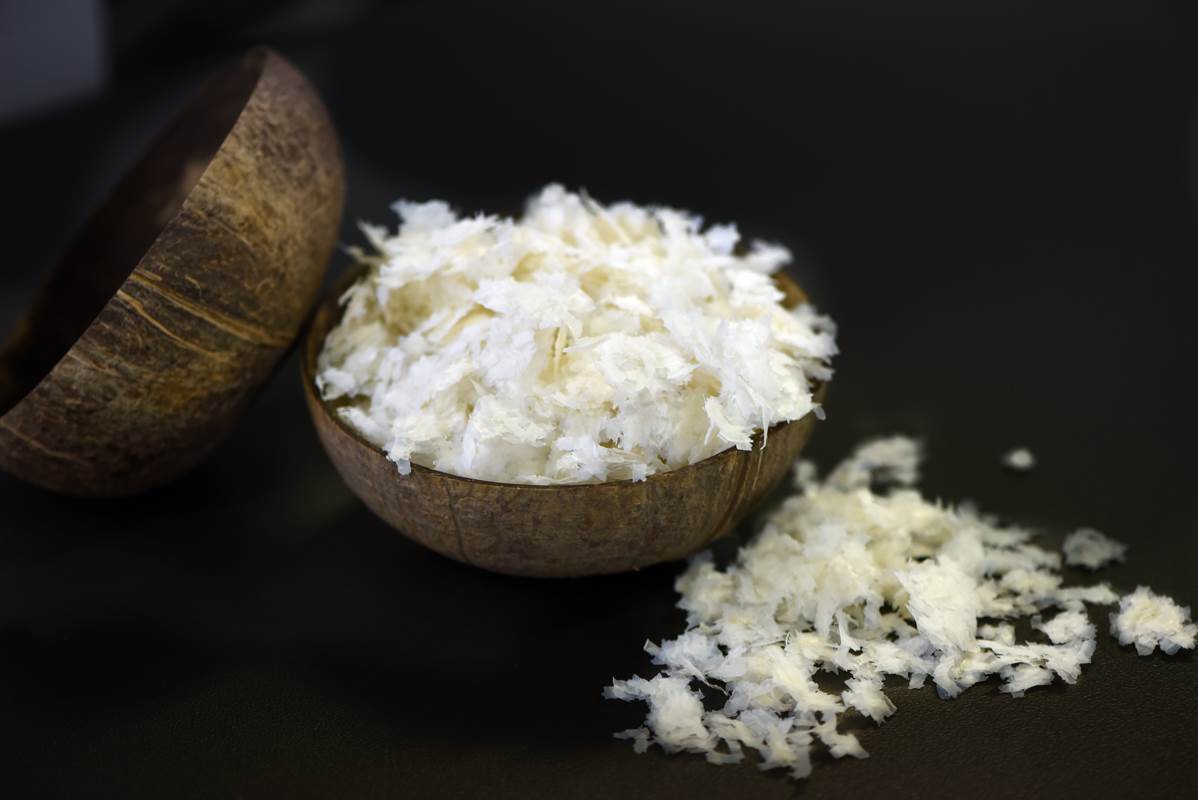Spotlight on potential for next gen MMCFs in India

Canopy, a non-profit environmental group based in Canada, has released a working paper outlining the potential for developing what it calls ‘next gen’ fibres from agroindustry waste in India: “Unlocking India’s Next Gen Economy: The Untapped Investment Frontiers in Material Substitution in India’s Textile and Pulp and Paper Industries”.
It believes the subcontinent could convert 100 million tonnes of agricultural residues and two million tonnes of polyester-cotton textile waste into paper, packaging and viscose.
“India has all the ingredients – abundant feedstock, technical expertise, and a culture of innovation,” commented Canopy founder and chief executive Nicole Rycroft. “What’s needed now is targeted investment, industry collaboration, and government support to scale this vision into reality.”
The organisation is working towards a goal to have some 60 million tonnes of ‘next gen’ pulp, paper and textiles produced in the next ten years. It estimates that the investment needed to achieve this is in the order of $78 billion.
It believes that India can play a key role as it has the potential to produce upwards of 10 million tonnes of next gen fibres annually, with the necessary infrastructure and processing capacity, which it estimated at $13 to 15 billion.
Indian textile conglomerate Birla Cellulose is currently working on the development of a MMCF derived from coconut waste, with Nanollose, and another project with Alga-Life to produce a fibre dyed with and containing algae.
To download the report, click here.
Image credit: Nanollose






